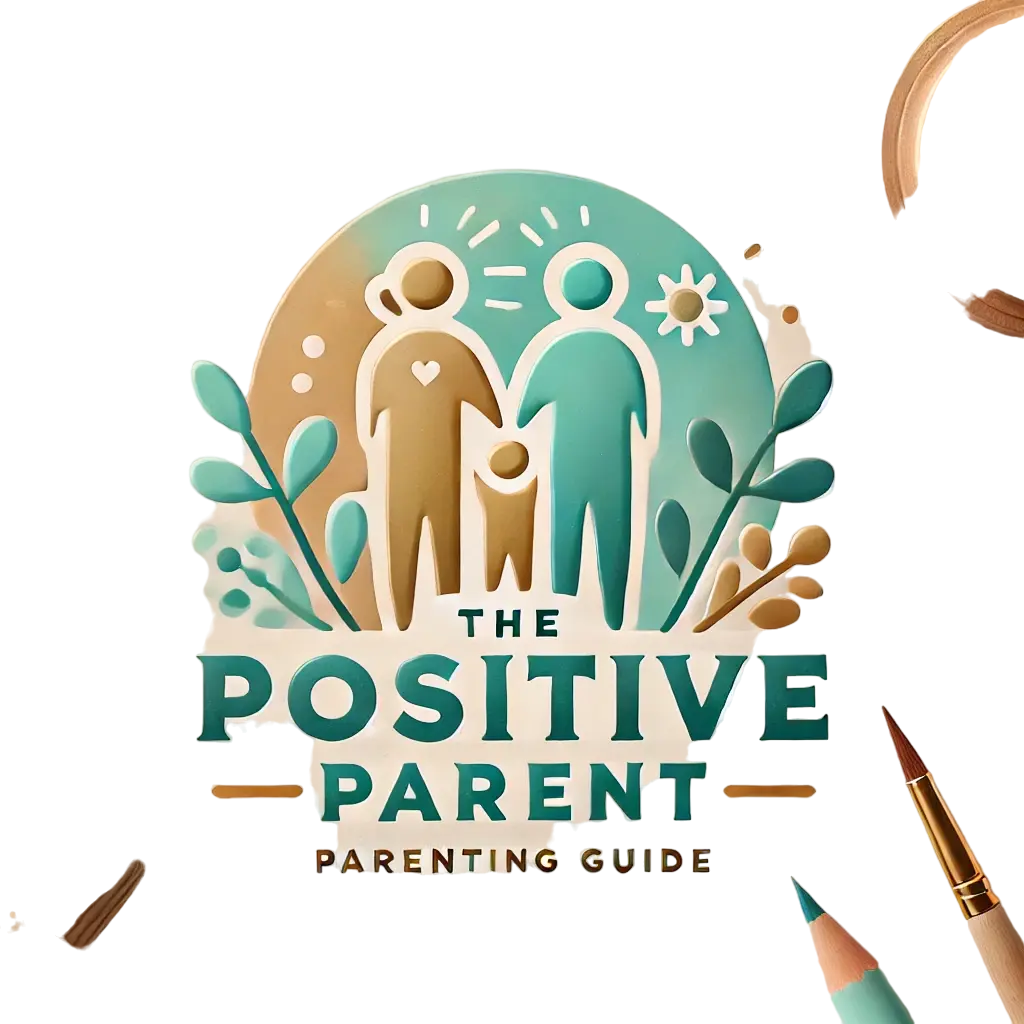What Avoidant Attachment Means for Your Child’s Development
Category
Categories

Understanding Avoidant Attachment in Child Development
Parenting can be one of the most challenging roles an adult will face, especially if they are dealing with past traumas or struggling with addiction or mental health issues while raising children.
Regrettably, when parents face these difficulties, their ability to consistently support their children may be impacted, affecting how children form relationships and connect with others. This situation may increase the likelihood of children developing an avoidant attachment style, which can have lasting effects.
Understanding the signs of an avoidant attachment style, its potential causes, and strategies to prevent it in children is crucial for Parents.
Understanding Attachment Styles
Avoidant attachment is part of the four primary attachment styles that explain how individuals establish relationships and bonds. These attachment styles originate in childhood, shaped by the behaviors of the primary caregivers, and continue to impact interpersonal connections throughout adulthood. While secure attachment is viewed as the ideal, avoidant attachment falls under the category of “insecure” styles, alongside anxious attachment and disorganized attachment.
What Is Avoidant Attachment?
Avoidant attachment is characterized by self-reliance, as well as challenges in forming connections and expressing feelings. These difficulties can impact relationships with family, friends, partners, and colleagues in the future.
The Parent may unknowingly contribute to a child’s avoidant attachment. This can stem from having a caregiver who is emotionally distant, unavailable, or inconsistent in their care and attention, according to Shari Botwin, LCSW, author of Stolen Childhoods and Thriving After Trauma.
Botwin explains, “Children who feel ignored, unseen, or unimportant growing up tend to form insecure attachments with others, lacking trust that adults can fulfill their needs.”
Studies suggest that approximately 23% of the general population may exhibit avoidant attachment behaviors.
Why Do Children Develop Avoidant Attachment?
Children may develop avoidant attachment due to various reasons, often stemming from some form of trauma. This could be a result of caregivers not meeting their emotional needs or failing to provide consistent support and affection.
Additional parental behaviors linked to avoidant attachment include excessive criticism, unresponsiveness to crying, erratic behavior, lack of interest in their child’s issues, or neglect. Certain life events such as illness or divorce, as well as genetic factors, might also contribute to this attachment style.
Caregivers may unknowingly foster avoidant attachment if they are dealing with their own trauma, feeling overwhelmed, uncertain about their parental abilities, or struggling with mental health issues or addiction.
Effects of Emotional Neglect on Children
Botwin, highlights the experiences of clients who were emotionally neglected in childhood. According to Botwin, these individuals recall their parents dismissing their feelings and trivializing their struggles, often responding with phrases like “get over it” or “stop being so dramatic.”
Impact of Avoidant Attachment
Botwin also notes that individuals with avoidant attachment styles mention feeling sidelined as children and pressured to navigate their challenges without parental support. This lack of caregiving leaves a lasting impact on their emotional well-being.
Signs Your Child Shows Avoidant Attachment
Here are seven indicators that may suggest your child has developed an avoidant attachment style. It’s essential to understand that this list is not exhaustive, and these signs could also point to other conditions, such as stress, anxiety, depression, and more.
If you observe these characteristics in your child—or suspect that your child is exhibiting avoidant attachment behaviors—reach out to your pediatrician or a qualified developmental therapist. They can offer the necessary assistance to support your child.
Note that older kids, tweens, and adolescents may start displaying signs of avoidant attachment (like emotional distance and independence) as they mature. In most cases, this is a typical developmental reaction that does not raise alarms. Children experiencing avoidant attachment typically have substantial backgrounds of trauma, abuse, and neglect.
Lack of emotional connection with The Parent or other adults
An initial indication that a child may be developing avoidant attachment is a lack of emotional closeness or affection. They may show reluctance to share with you, avoid engaging in conversations, or steer clear of physical contact. For instance, they might react negatively or withdraw when an adult tries to demonstrate affection,” according to Botkin.
Adults with avoidant attachment tendencies may evade emotional intimacy in relationships, labeling their partner as “clingy” when they feel too emotionally connected. They strive to maintain independence and avoid relying on others.
It’s important to note that if your tween or teen exhibits a behavior of avoiding emotional closeness or reducing communication with you, it could be a normal aspect of their development. It usually does not raise concerns unless accompanied by other signs or risk factors associated with avoidant attachment.
Distrustful of others, including friends
Children who develop an avoidant attachment style may have experienced a consistent pattern of rejection in their lives. Due to this, they are likely to anticipate rejection, which can lead to displaying antisocial behaviors or hostility towards others, according to Botwin. These children often have diminished levels of trust in other people.6
Difficulty in Decision-Making
Children who experience constant invalidation, gaslighting, or criticism may face challenges in trusting themselves and others. This can lead to struggles in making simple decisions, such as choosing a restaurant for dinner or selecting a birthday gift. According to Botwin, these children might express uncertainty by saying phrases like, “I don’t know.”
Struggles with expressing love
Kids with an avoidant attachment style tend to create physical distance as a way of signaling their discomfort with physical affection, according to Botwin. This behavior can sometimes give off the impression that they are keeping others at arm’s length.
Emotionally distant or detached
A child with avoidant attachment may seem challenging to connect with. The Parent notes that they could resist or ignore attempts to bond. Sometimes, the child may even show aggression when the adult is trying to communicate.
It is important to understand that some emotional distance is typical for tweens and teens during their development. Concern arises for The Parent if the child has a background of risk factors related to avoidant attachment, or if there are other troubling signs present.
Difficulty seeking assistance
Children exhibiting an avoidant attachment style may have encountered situations in their early years where seeking help from a trusted adult led to rejection, humiliation, or dismissal. Consider a child with a minor injury who receives a negative response instead of comfort.
As a result, these children may find it challenging to seek help and prefer to handle issues independently. According to Botwin, “Such children often prioritize others’ needs over their own and may not realize that it is acceptable to seek assistance.”
More focused on others’ needs than their own
Individuals with an avoidant attachment style often excel at “reading the room.” Children may pay excessive attention to adults, according to Botwin, “and if they detect even the slightest hint of distress or anger from the adult, they will try to please or appease these adults.”
Different Attachment Styles
There are four primary attachment styles, including secure, anxious, and disorganized, in addition to avoidant.
What To Do If Your Child Has Avoidant Attachment
If you believe that your child is developing an avoidant attachment style, there are steps you can take to address it. Therapy can be beneficial in helping children change their internal thought patterns that contribute to avoidance and improve their communication skills.
To foster a more secure attachment with your child, it is important to be attentive to their needs and encourage them to express their desires and emotions. Reassure them of your support and care for them.
The Parent may also consider therapy, especially if they have gone through trauma that impacts their caregiving and contributes to their child’s avoidant attachment. By learning to address their own past experiences and building trust in themselves as parents, they can enhance their emotional connection with their children.
Associations between adult attachment style and mental health care utilization: Findings from a large-scale national survey. Psychiatry Res. 2015.
Infant-Parent Attachment
Definition, types, antecedents, measurement, and outcome of the attachment between infants and parents are discussed in this research article.
Adult Attachment Style
This study explores how adult attachment style can influence the relationship between childhood maltreatment and mental and physical health outcomes, shedding light on the importance of parenting.
Genetics of Adult Attachment
An updated review of the literature regarding the genetics of adult attachment is presented, emphasizing the role of genetic factors in forming attachment styles in individuals raised by parents.
Adult Attachment and Romantic Relationships
The link between adult attachment, stress, and romantic relationships is explored, highlighting how parenting plays a crucial role in shaping individuals’ attachment styles and their ability to form healthy relationships.
Avoidant Attachment
The concept of avoidant attachment is examined in-depth, providing insights into how individuals with this attachment style may have been influenced by their interactions with parents.
The Positive Parent: Tips for Effective Parenting
Being a parent is crucial for the well-being and development of your child. Here are some helpful tips to guide you in your journey:
Foster a Loving and Supportive Relationship
Building a strong and nurturing relationship with your child is essential. Show your love and support consistently to create a secure environment for them.
Set Clear Boundaries
Establishing clear boundaries helps children understand expectations and learn to respect rules. Be firm but fair when enforcing boundaries.
Practice Positive Discipline
Avoid using harsh punishments and instead focus on positive discipline techniques. Encourage good behavior through praise and rewards.
Communicate Effectively
Open and honest communication is key to a healthy parent-child relationship. Listen actively to your child and express your thoughts and feelings clearly.
Lead by Example
Show your child the behaviors and values you want them to emulate. Be a positive role model and demonstrate good habits in your own actions.



